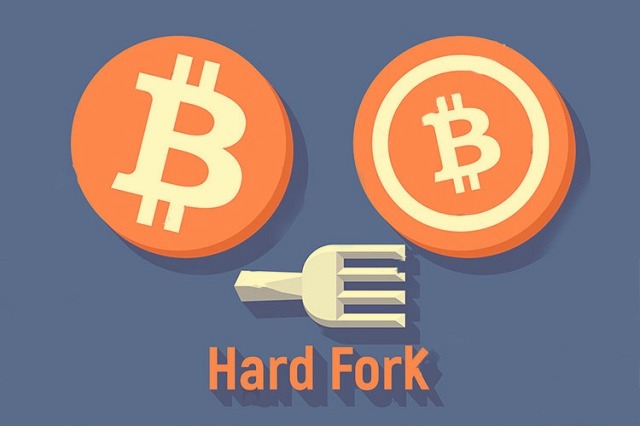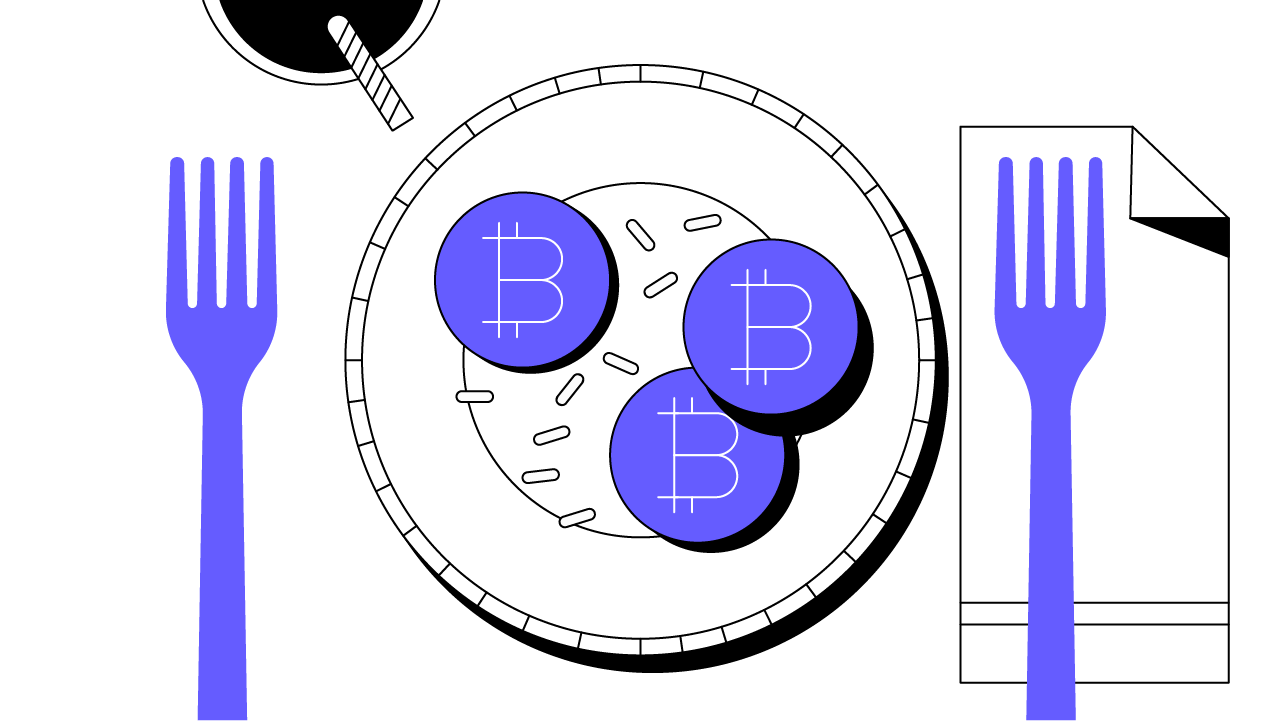Understanding Ethereum Forks: Hard Forks vs Soft Forks

Understanding Ethereum Forks: Hard Forks vs Soft Forks

Ethereum is a decentralized blockchain platform that has undergone several forks throughout its history. Forks are upgrades or changes to the underlying protocol of a blockchain network, and they can be either hard forks or soft forks. Understanding the difference between these two types of forks is crucial for anyone interested in Ethereum and its development. In this article, we will explore the differences between hard forks and soft forks and their impact on the Ethereum community. So, if you are a newbie in ETH investment, here is a Guide for Investing in Ethereum.
Hard Forks

A hard fork occurs when there is a significant change to the rules of the blockchain, resulting in a split from the original blockchain. This means that nodes that do not upgrade to the new rules will be unable to validate transactions on the new chain. Hard forks are usually initiated to introduce new features, fix critical bugs or address issues of network security.
One notable hard fork in Ethereum’s history is the DAO fork. In 2016, the Decentralized Autonomous Organization (DAO), a venture capital fund on the Ethereum network, was hacked, resulting in the loss of millions of dollars worth of Ether. To recover the lost funds, a hard fork was proposed, which would essentially revert the blockchain to before the hack occurred. This hard fork was successful and resulted in the creation of a new chain, now known as Ethereum (ETH), while the original chain continued as Ethereum Classic (ETC).
Another example of a hard fork in Ethereum’s history is the Constantinople fork, which was implemented in 2019 to address issues related to network efficiency and gas prices. The hard fork introduced several upgrades, including changes to the block rewards and improvements to the network’s data storage capacity.
Hard forks can have a significant impact on the Ethereum community, as they can result in the creation of two separate chains with different rules and features. However, hard forks can also bring about improvements and enhancements to the network. It is important for members of the community to carefully consider the implications of a hard fork before deciding to support or oppose it.
Soft Forks

A soft fork, unlike a hard fork, is a backward-compatible upgrade to the blockchain, meaning that nodes that have not upgraded to the new rules can still validate transactions on the network. This is because the new rules are a subset of the old rules, meaning that older nodes can still participate in the network.
One example of a soft fork in Ethereum’s history is the Homestead fork, which was implemented in 2016 to introduce new features and improve network security. The Homestead fork introduced changes to the protocol, including improvements to the gas pricing system and the addition of new opcodes to the Ethereum Virtual Machine.
Another example of a soft fork in Ethereum’s history is the Byzantium fork, which was implemented in 2017 to introduce improvements related to network efficiency and security. The Byzantium fork introduced several changes, including a reduction in the block reward and the introduction of the “replay attack” protection mechanism.
Soft forks are generally less disruptive than hard forks, as they do not result in a split in the network. However, they can still have a significant impact on the network and its users, particularly if the changes introduced are critical to the functioning of the network. It is important for members of the community to stay informed about soft forks and their implications.
Forks and Consensus

In Ethereum, forks are ultimately determined by the consensus of the network. Consensus is the process by which nodes on the network agree on the state of the blockchain. Consensus can be achieved through different mechanisms, including proof-of-work (PoW), proof-of-stake (PoS), or a hybrid of the two.
In the case of a hard fork, achieving consensus can be challenging, as some nodes may choose not to upgrade to the new rules. This can result in a split in the network, with some nodes continuing to validate transactions on the original chain and others validating transactions on the new chain.
In the case of a soft fork, achieving consensus is generally easier, as the new rules are a subset of the old rules, meaning that older nodes can still participate in the network. This makes it less likely that a split in the network will occur.
Conclusion
To sum up, Ethereum forks are a crucial part of the platform’s development and evolution. Depending on the modifications they make, hard forks and soft forks have distinct ramifications and can be more or less divisive. Keeping up with forks and their possible effects on the network is crucial for community members. People can help the Ethereum ecosystem continue to expand and evolve by recognizing forks and their importance.




